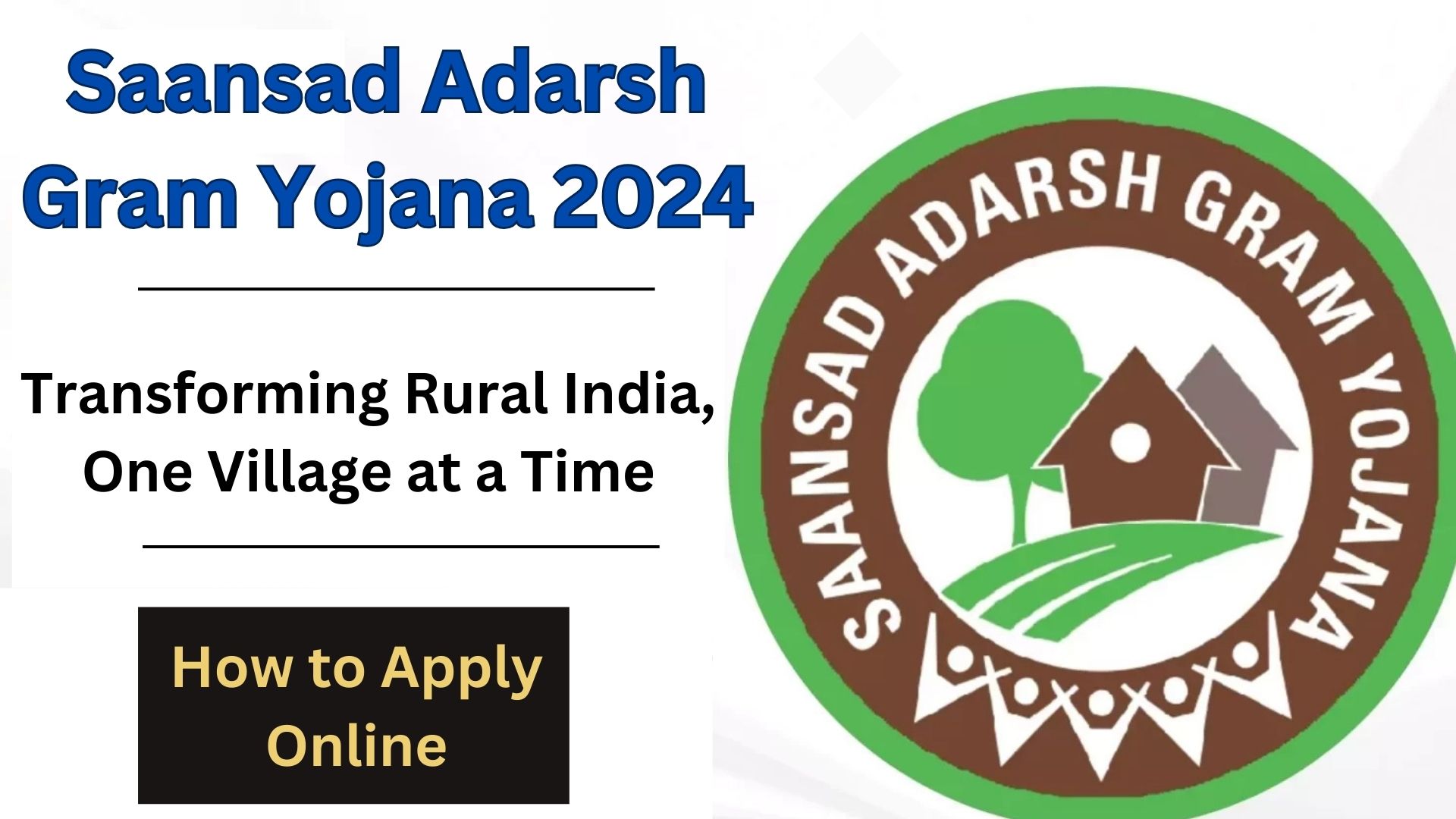The Saansad Adarsh Gram Yojana (SAGY) is a rural development program designed to fulfill Mahatma Gandhi’s dream of transforming Indian villages into self-reliant communities. This unique initiative calls upon Members of Parliament to adopt and develop one or more villages into ideal communities by emphasizing social, economic, and environmental growth.
History and Background
The philosophy behind SAGY is inspired by Mahatma Gandhi’s belief in rural development as the foundation of India’s progress. Gandhi believed that empowering rural communities could lead to a healthier, self-sustaining nation. Through SAGY, the government strives to make rural India self-reliant and prosperous by providing villages with necessary resources, infrastructure, and education.
Objectives of Saansad Adarsh Gram Yojana
Saansad Adarsh Gram Yojana was launched with specific goals to:
- Encourage social and economic growth within villages.
- Foster inclusivity, prioritizing the development of marginalized groups.
- Strengthen the rural economy and inspire sustainable practices.
- Enhance infrastructure, healthcare, sanitation, and education within villages.
How SAGY Works
Each Member of Parliament (MP) is encouraged to select one Gram Panchayat to work on as a model village. The MP works with local authorities and residents to create a Village Development Plan, which addresses areas of immediate concern and sets a long-term roadmap.
Key Features of Saansad Adarsh Gram Yojana
SAGY stands out due to its demand-driven approach, as it relies on the village’s needs rather than a top-down mandate. This approach promotes society-inspired progress, aiming for people-driven, grassroots participation in the planning and execution of development programs.
Role of the Member of Parliament
MPs play a central role in SAGY. Their involvement is crucial in:
- Ensuring that each village receives necessary support and resources.
- Engaging with local leaders and villagers to address pressing issues.
- Monitoring development to ensure compliance with SAGY objectives.
Selection Process for Adarsh Grams
Villages are chosen based on specific criteria, such as the village’s need for infrastructure or social development. The involvement of community members is crucial, as villagers are encouraged to voice their needs and ideas for development.
Funding and Financial Resources
While SAGY does not provide a separate budget, it leverages existing resources from other government schemes, ensuring efficient use of funds. The scheme is financially supported by pooling resources from both central and state government programs, ensuring integrated development.
Development Initiatives Under SAGY
Development initiatives under SAGY cover:
- Infrastructure: Construction and repair of roads, schools, and community centers.
- Healthcare: Provision of primary healthcare facilities and access to medical assistance.
- Sanitation: Improving sanitation and promoting hygienic practices.
- Education: Setting up schools, libraries, and encouraging digital literacy.
Social Development Focus
SAGY prioritizes social development by focusing on marginalized groups, providing them with skill development programs, and improving their employability. By addressing disparities within communities, the program ensures inclusive growth.
Environmental Conservation Efforts
SAGY emphasizes eco-friendly initiatives, such as rainwater harvesting, waste management, and renewable energy sources like solar power. These sustainable practices aim to make villages not only more prosperous but also environmentally conscious.
Community Engagement in SAGY
Villagers are encouraged to participate actively in the planning process, ensuring that development aligns with their aspirations. This community-centric model strengthens local governance and promotes a sense of ownership among villagers.
Challenges Facing SAGY
Despite its success, SAGY faces challenges:
- Limited financial resources can hinder project completion.
- Dependence on multiple schemes may delay project approvals.
- Resistance to change within traditional communities can slow progress.
Efforts are ongoing to address these challenges by improving program management and encouraging collaboration across government departments.
Success Stories of Adarsh Grams
Several villages have transformed under SAGY. Villages such as Mokhada in Maharashtra and Gungaly in Madhya Pradesh serve as examples of the program’s success. These villages have seen improvements in literacy, sanitation, healthcare, and employment, inspiring nearby communities to adopt similar initiatives.
At The Last
The Saansad Adarsh Gram Yojana has achieved remarkable progress in uplifting rural India. By fostering community-driven growth, SAGY has demonstrated that collaborative efforts can yield transformative change. This program has the potential to inspire a nationwide movement toward building a stronger, more self-reliant India.
FAQs
- What is the main objective of SAGY?
SAGY aims to create model villages by addressing economic, social, and environmental needs, fostering holistic rural development. - How are villages chosen under SAGY?
Villages are selected by MPs based on specific needs, with a focus on infrastructure and social development potential. - Who funds SAGY projects?
SAGY does not have a separate budget but relies on pooled resources from existing central and state government schemes. - What are some challenges faced by SAGY?
Key challenges include limited financial resources, delays in project approvals, and resistance within communities. - What is the impact of SAGY so far?
SAGY has transformed several villages, improving sanitation, education, healthcare, and creating employment opportunities.

